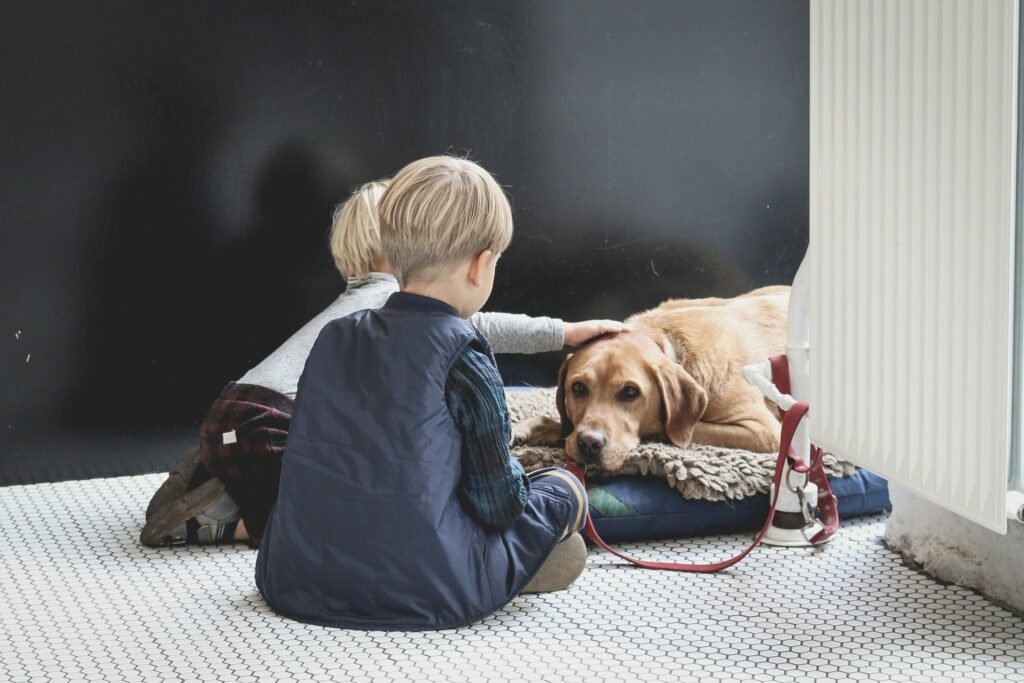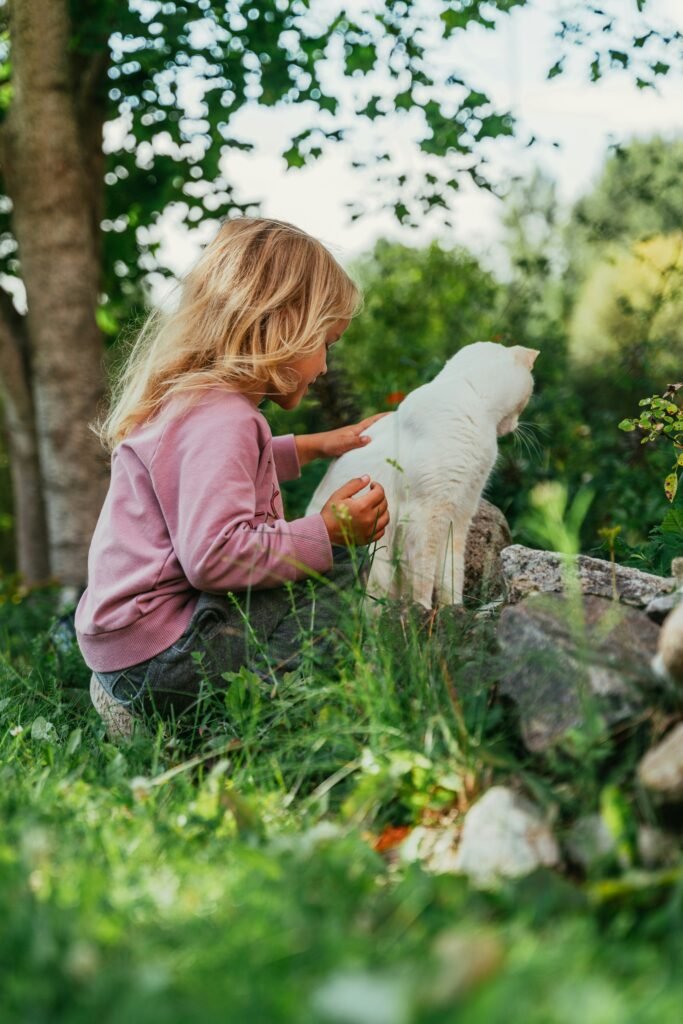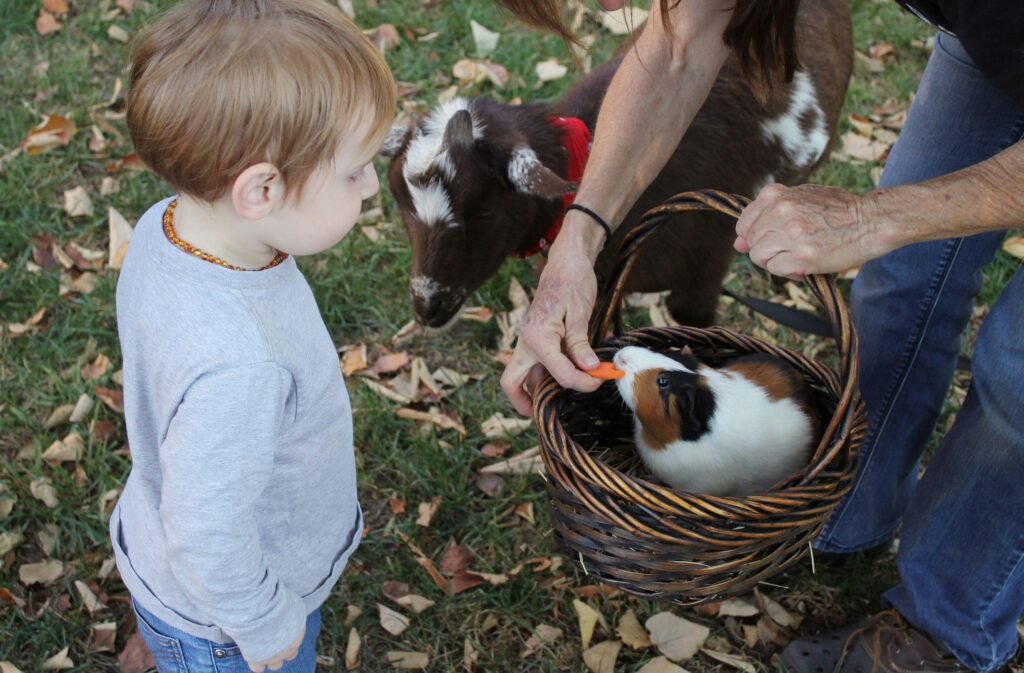It is undeniable the extraordinary bond that can exist between people and their pets. Pets can provide comfort, improve your mood, and even offer health benefits benefits — but did you know that pets can benefit children in unique ways?
From building confidence to teaching empathy, learn how children can benefit from having a pet.

When is the right time for a child to have a pet?
Being exposed to a family pet can be good even for young kids, even if they aren’t ready to take on full responsibility for the pet alone. If you do want the pet to belong primarily to the child, make sure they have developed the executive function skills needed to maintain the animal’s health and happiness.
Either way, everyone in the home needs to agree about who is responsible for the pet. It’s a balancing act to make sure the child knows their responsibilities, while also making sure there’s someone who can help if needed. Having a new pet affects everyone in the house, and it’s an important group decision.
If you’re thinking about adopting a canine companion and you’re not sure how to manage a new dog and young children, we have some expert advice to share from the Behavior Team at AHS. For even more information, attend our Kids and Canines webinar.
Another thing to keep in mind for parents is that critters such as rabbits, Guinea pigs, rats, and chinchillas are not starter pets. They still require a lot of care and constant enrichment. They also need their enclosures cleaned daily and have very specific dietary requirements.
If you are unsure if a critter is right for your child, check out our breakdown of their care and needs.
If you’re ready to bring a pet into your home, visit one our three adoption centers or view our list of current adoptable animals waiting for a new, loving home.

Teaching responsibilities
Having a pet in the home can help a child learn to manage their time and create a routine for themselves and their pet. For example, they learn to make sure the dog goes outside at the same time every day, or it’s time to clean out the litter box or critter enclosure.
The child might also be responsible for exercising their pet each day. This can also help them learn to cater to another being by looking for signs their dog, cat, or critter looks bored, stressed, or needs attention.
A furry friend is also a great way to teach children about different animals and their unique needs. For example, having a canine companion in the home means your child must learn dogs can’t have chocolate, grapes, and other toxic foods. Feline friends need a high protein diet, and your child can learn that it’s ok to feed to them chicken. If it’s a critter that holds your kid’s attention, then they will soon learn that a never-ending supply of hay always needs to be on hand.

Learning life skills
Pets provide a sense of love and comfort to people of all ages. Kids who learn to be caring toward animals learn important life skills. Children can become more self-reliant and confident when they learn that there is an animal that relies on them for their care.
Pets can also teach kids to be more creative, especially when it comes to their problem-solving skills.
If it’s too cold and snowy to take for the dog for a walk, what are other ways to exercise the dog? When you can take the dog for a walk, studies have shown that aerobic exercise is great for body and mind, and that’s also true for kids.
Having a pet can also teach a child to be more empathetic and provide ways for them to connect with others. Having pets can also inspire kids to engage in the community around them. After all, having pets can be a great conversation starter!


